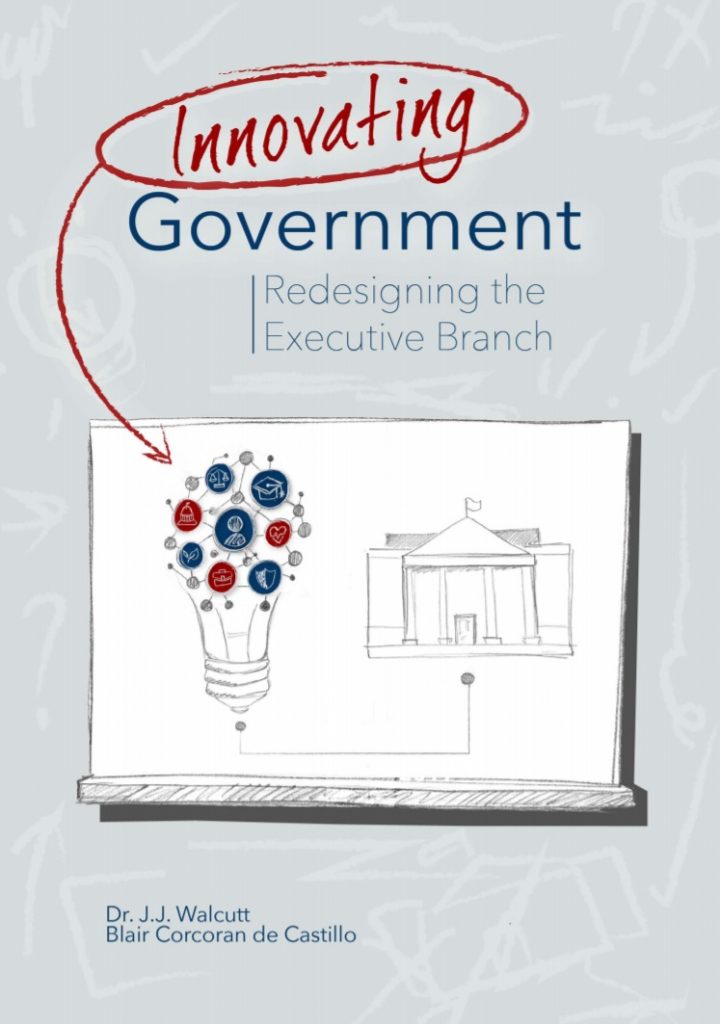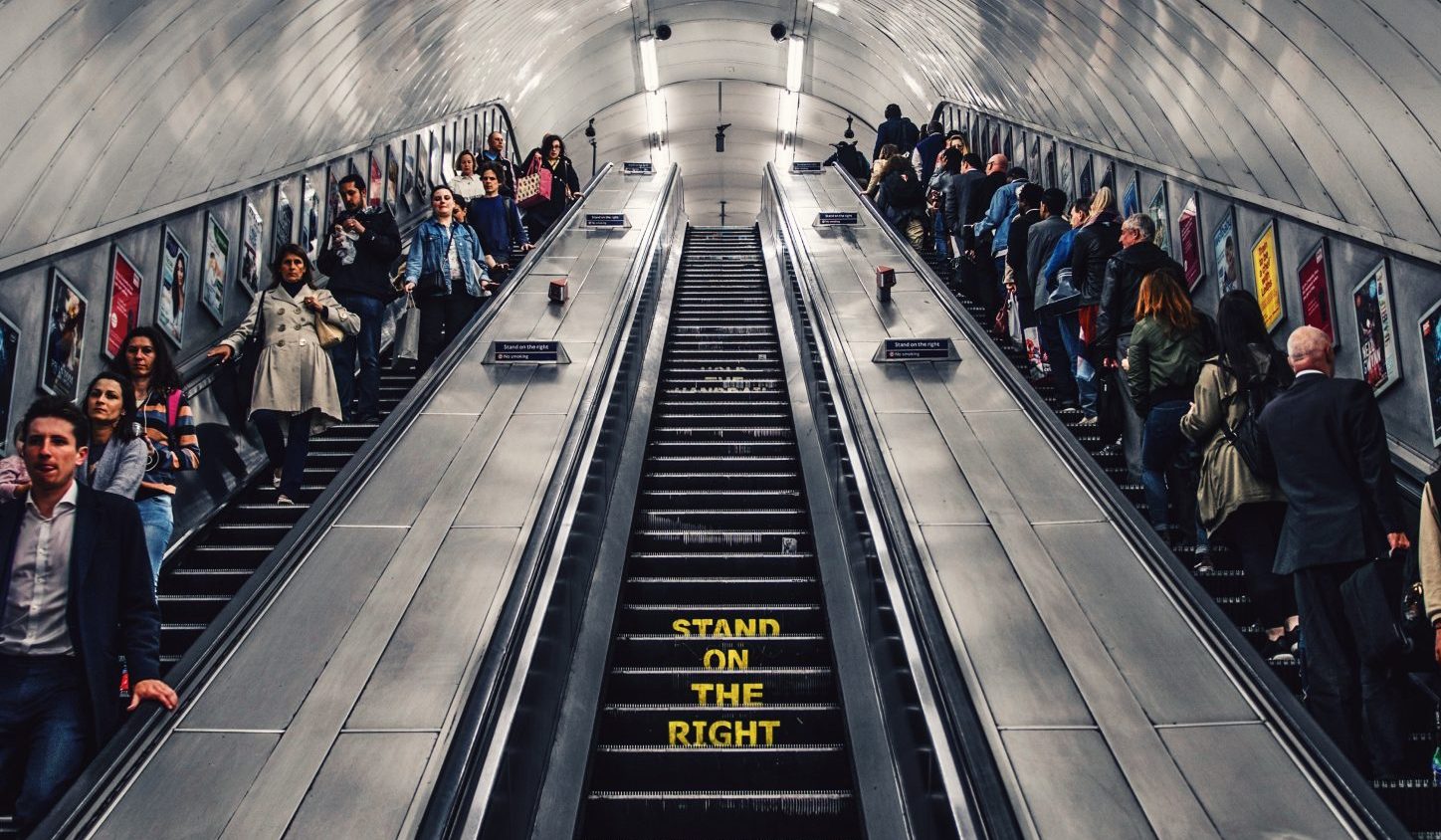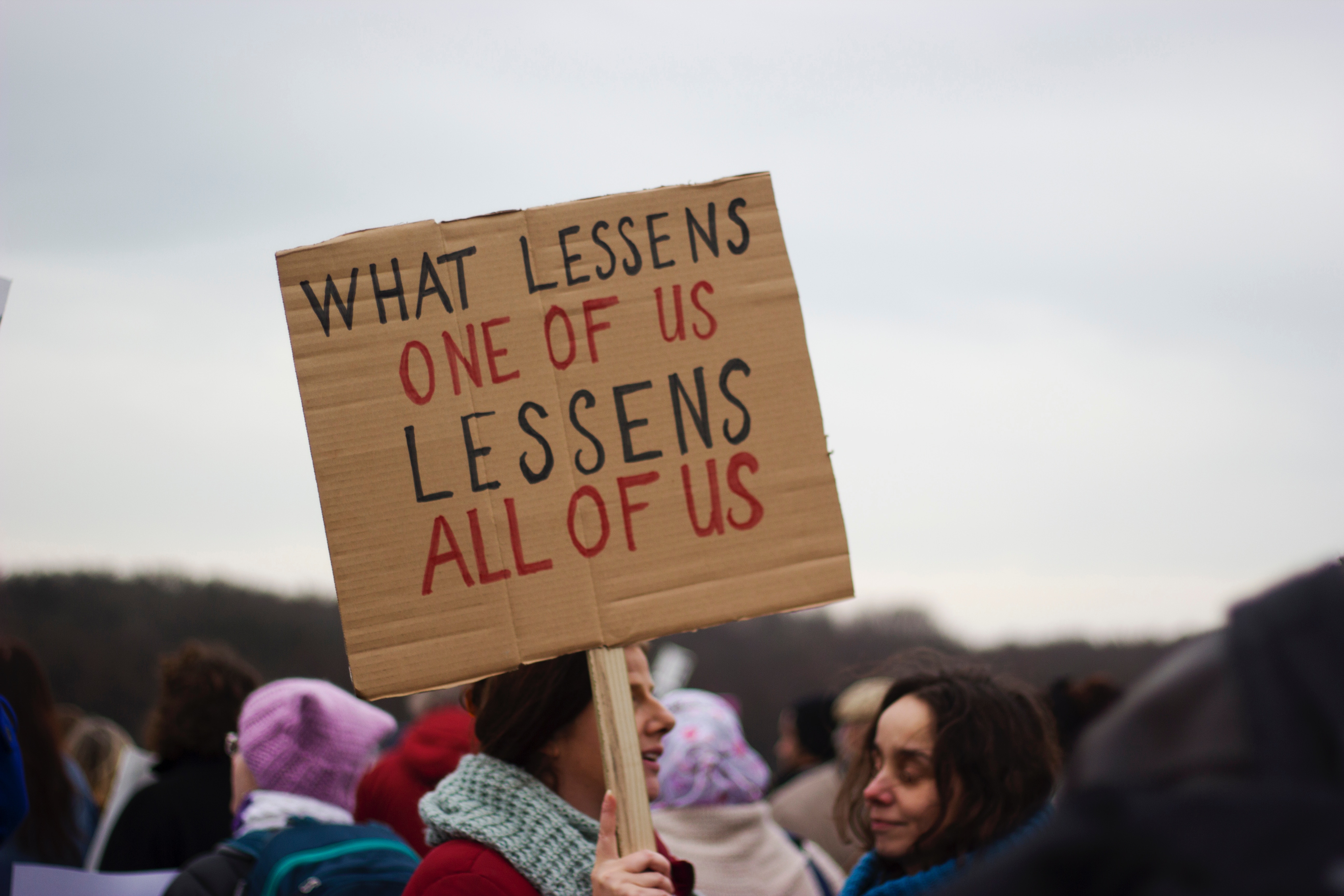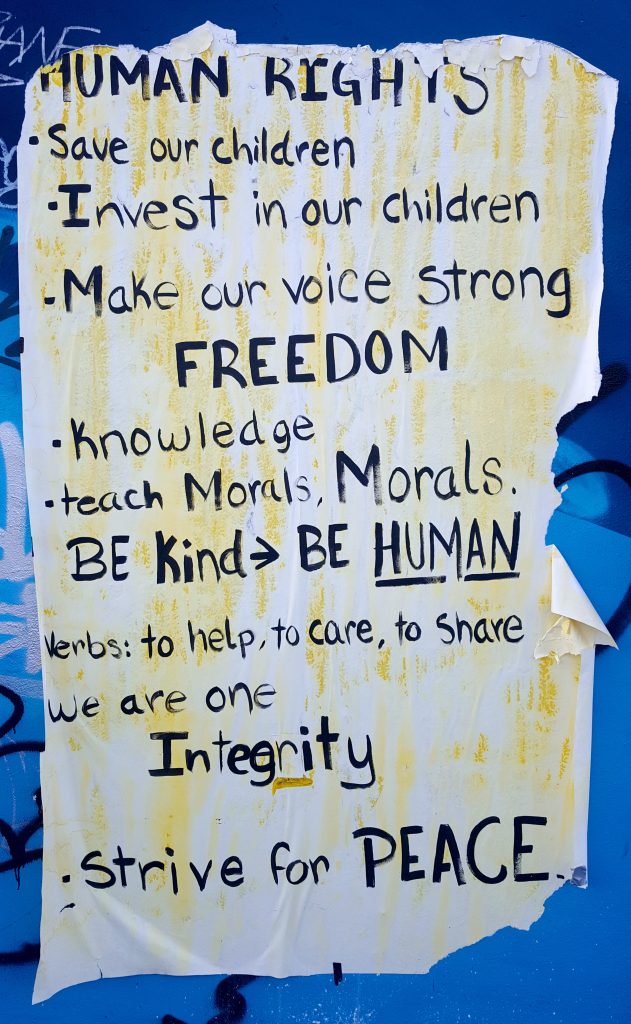https://bookstore.gpo.gov/products/innovating-government-re-designing-executive-branch
Administration after administration has complained that implementing change is hindered by bureaucracy, siloed structures, inefficient funds from congress, and archaic, burdensome practices.
While true, no one has asked the people in the system how to fix these very problems…until now.
Innovation Fellows are Americans with special expertise that are now being brought into the executive branch to address these root issues. Though not often recognized, innovation in the U.S. Government has historically impacted 60% of economic growth, enabled the superior capabilities of our defense program, and solved problems facing our nation ranging from healthcare to the arts. But now, government innovation has a new goal: modernize the executive branch for the 21st century. The question is: How?

News, politicians, and bureaucrats alike have focused on congress and the Administrations to make the major changes and improvements to the government but all have missed a key, important point. These groups add up to only 552 people. Compared to the 2.4 million executive branch employees, their impact can only be, by design, limited.
But what if we designed solutions from within the branch? What if the employees shared their views on how to improve the system? What if we listened to the true experts in the U.S. Government?
Through a review of the expansive innovation programs working to solve national issues, a book recently released to the public, Innovating Government, provides a voice for many of the 2.4M executive branch employees…or who I like to call, America’s unsung heroes. These workers make the daily decisions, decide expenditures, and do the work. This is a rare glimpse inside the executive branch, the innovation happening in our nation, and how all this work can be used to re-design the government for the 21st century and prepare our nation to be ready for the future. It provides clear solutions that address root issues, define policy change recommendations, and even design improved communication structures that can better connect Americans to programs and executive branch innovators and directors to congress.
Ultimately, this re-design plan has been informed by the very people who are most deeply involved in the government: those who know the real issues and the solutions they need. Contrary to popular belief, government workers are incredibly dedicated employees that are here with one joint purpose: to do the very best work they can for the American people they serve. This book aims to elevate their voices to maximize their efforts for nation.
























